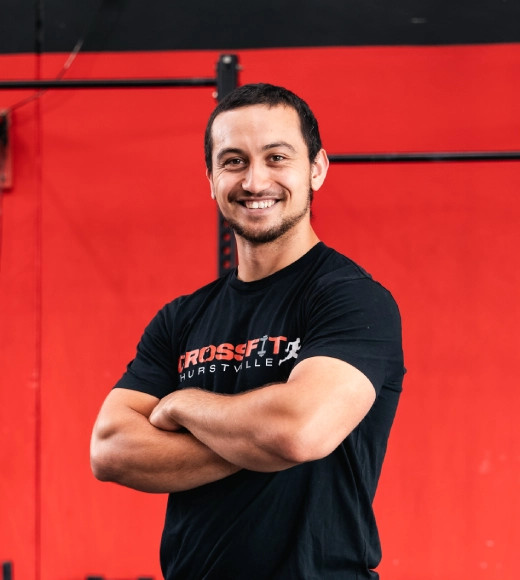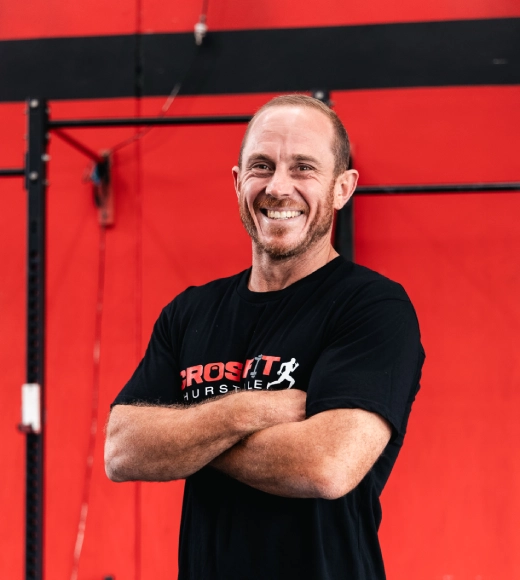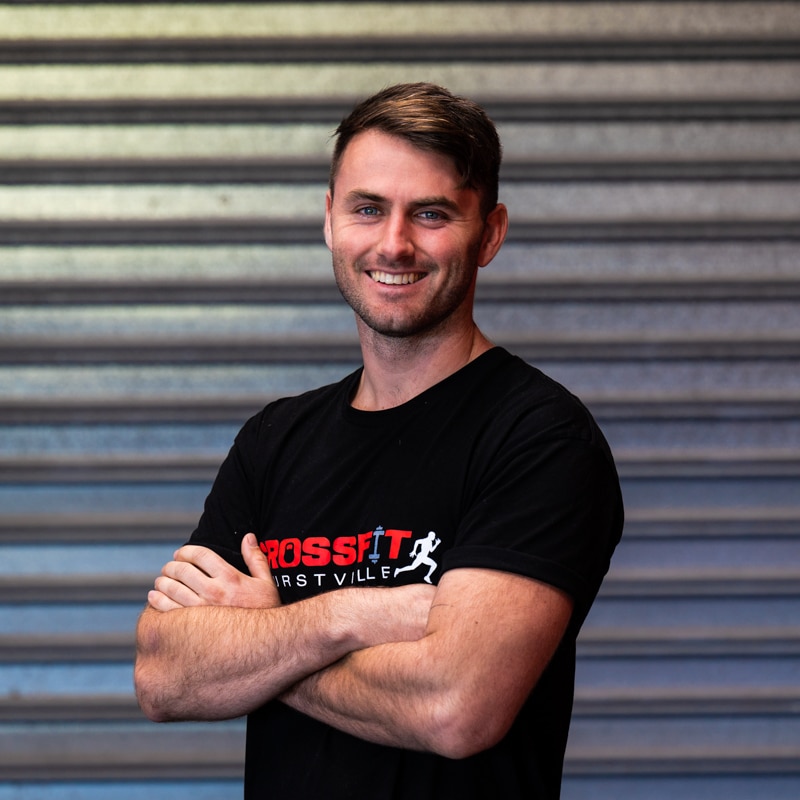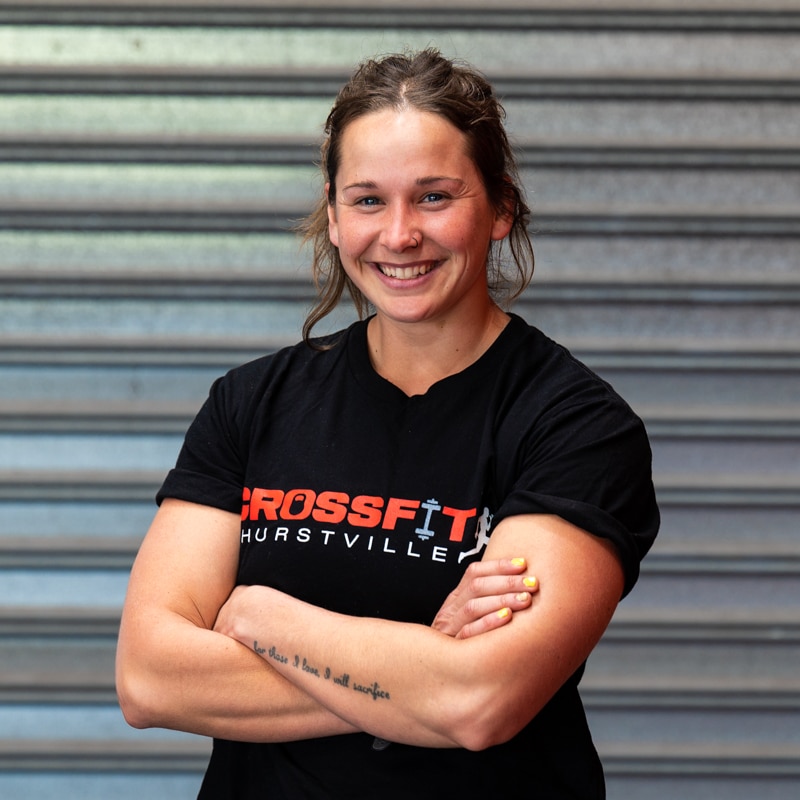Humans are lazy by design. We are genetically programmed for homeostasis.
Our DNA was primed this way long before Netflix, air conditioning and microwaves, when adversity was the norm. Finding safety and comfort was a matter of survival.
Now, it is the inverse. In order to drive adaptation, we must artificially manufacture this adversity, in the gym and elsewhere.
In a physical practice, homeostasis is the establishing of efficiency; the most cost effective way to complete certain tasks. Fitness – the product of the practice – is a process of improving work capacity; reducing the demands on the body in order to perform and produce a desired outcome. Recovery is shortened, and the ability to sustain efforts over longer periods of time is promoted.
Through a physical practice, a baseline is established. This becomes your new homeostasis. It is a product of your environment; what you routinely expose it too.
This is manipulated through training, the act of revolting against one’s homeostatic nature. Purposefully and intentionally exposing oneself to novel stimuli and stress to create adaptation. To change.
But if done incorrectly (or not at all), this leaves the body to question: “What is the point of this fitness…? If I am not using it, why do I need it?”. Humans are lazy by design and something under-utilised is not worth keeping. “Move it or Lose it”, as the saying goes.
Start to pay attention to the conditions of your training; the environment that you do so in; the choices you make throughout. These inclinations reflect your homeostatic tendencies; your baseline nature at present.
Understand: when you commence training, your job is to confront these patterns and challenge the body’s disposition to homeostasis. Novelty is necessary to catalyse adaptation. This will be the case physically and physiologically and more importantly, psychologically.
These are the stages within this practice…
One: Establish baseline fitness. Prime your system so that it is able to effectively handle day to day tasks relative to your demands.
Two: Pursue novelty. Train in a way that your system is constantly coerced to adapt and reach new levels of homeostasis.
Three: Repeat. Again and again and again.













